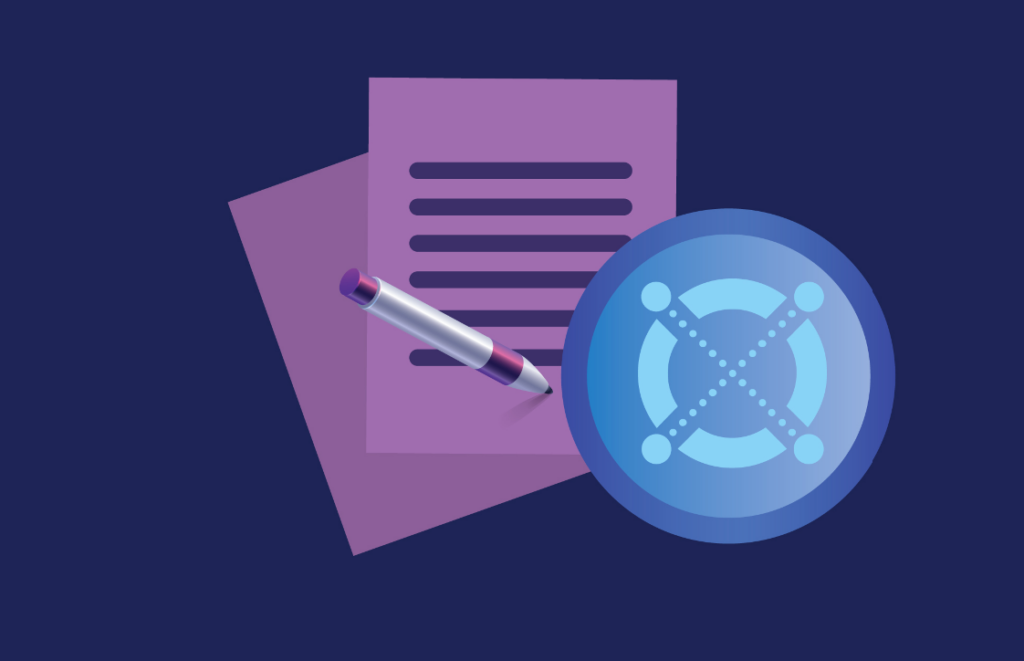
Beginner
Setup a Local Testnet
The ability to test and debug smart contracts before deploying them on the main network is a crucial part of the development process. This tutorial will guide you through the steps of setting up a local testnet on MultiversX, where you can safely test your smart contracts and verify their behavior in a simulated environment. Having a local testnet will give you the confidence to deploy your contracts on the main network with minimal risk of errors or unexpected results. In this tutorial, you will learn how to set up a local testnet, connect to it, and interact with your smart contracts through the MultiversX user interface. Whether you are a seasoned blockchain developer or just getting started, this tutorial will provide you with a solid foundation for your smart contract development journey on MultiversX.
This guide describes how to set up a local mini-testnet using mxpy. The purpose of a local mini-testnet is to allow developers to experiment with and test their Smart Contracts, in addition to writing unit and integration tests.
The mini-testnet contains:
-
Validator Nodes (two, by default)
-
Observer Nodes (two, by default)
-
A Seednode
-
An MultiversX Proxy
If not specified otherwise, the mini-testnet starts with one Shard plus the Metachain (each with one Validator and one Observer).
Prerequisites: mxpy
In order to install mxpy, follow the instructions at install mxpy.
Prerequisites: Node and Proxy
Run the following command, which will fetch the prerequisites (mx-chain-go, mx-chain-proxy-go, golang and testwallets) into ~/multiversx-sdk:
$ mxpy testnet prerequisites
Testnet Configuration
Let’s configure the following network parameters in mxpy, so that subsequent command invocations (of mxpy) will not require you explicitly provide the --proxy and --chainID arguments:
$ mxpy config set chainID local-testnet $ mxpy config set proxy http://localhost:7950
Then, in a folder of your choice add a file names testnet.toml with the content below.
$ mkdir MySandbox && cd MySandbox $ touch testnet.toml
testnet.toml [networking] port_proxy = 7950
Then, configure and build the local testnet as follows:
$ cd MySandbox $ mxpy testnet config
Upon running this command, a new folder called testnet will be added in the current directory. This folder contains the Node & Proxy binaries, their configurations, plus the development wallets.
CAUTION : The development wallets (Alice, Bob, Carol, …, Mike) are publicly known – they should only be used for development and testing purpose.
The development wallets are minted at the genesis and their keys (both PEM files and Wallet JSON files) can be found in the folder testnet/wallets/users.
Starting the Testnet
mxpy testnet start
This will start with the Seednode, the Validators, the Observers, and the Proxy.
INFO :
Simple Transfer mxpy tx new --recall-nonce --data="Hello, World" --gas-limit=70000 \ --receiver=erd1spyavw0956vq68xj8y4tenjpq2wd5a9p2c6j8gsz7ztyrnpxrruqzu66jx \ --pem=~/multiversx-sdk/testwallets/latest/users/alice.pem \ --send
Note that the Proxy starts with a delay of about 30 seconds.
Sending transactions
Let’s send a simple transaction using mxpy:
Simple Transfer mxpy tx new --recall-nonce --data="Hello, World" --gas-limit=70000 \ --receiver=erd1spyavw0956vq68xj8y4tenjpq2wd5a9p2c6j8gsz7ztyrnpxrruqzu66jx \ --pem=~/multiversx-sdk/testwallets/latest/users/alice.pem \ --send
You should see the prepared transaction and the transaction hash in the stdout (or in the --outfile of your choice). Using the transaction hash, you can query the status of the transaction against the Proxy or against mxpy itself:
$ curl http://localhost:7950/transaction/1dcfb2227e32483f0a5148b98341af319e9bd2824a76f605421482b36a1418f7 $ mxpy tx get --hash=1dcfb2227e32483f0a5148b98341af319e9bd2824a76f605421482b36a1418f7
Deploying and interacting with Smart Contracts
Let’s deploy a Smart Contract using mxpy. We’ll use the simple Counter as an example.
Deploy Contract mxpy --verbose contract deploy --bytecode=./counter.wasm \ --recall-nonce --gas-limit=5000000 \ --pem=~/multiversx-sdk/testwallets/latest/users/alice.pem \ --outfile=myCounter.json \ --send
Upon deployment, you can check the status of the transaction and the existence of the Smart Contract:
$ curl http://localhost:7950/transaction/0db61bab8e78779ae009300988c6be0949086d93e2b7adfddd5e6375a4b6eeb7 | jq $ curl http://localhost:7950/address/erd1qqqqqqqqqqqqqpgqj5zftf3ef3gqm3gklcetpmxwg43rh8z2d8ss2e49aq | jq
If everything is fine (transaction status is executed and the code property of the address is set), you can interact with or perform queries against the deployed contract:
Call Contract mxpy --verbose contract call erd1qqqqqqqqqqqqqpgqj5zftf3ef3gqm3gklcetpmxwg43rh8z2d8ss2e49aq \ --recall-nonce --gas-limit=1000000 --function=increment \ --pem=~/multiversx-sdk/testwallets/latest/users/alice.pem --outfile=myCall.json \ --send
Query Contract mxpy --verbose contract query erd1qqqqqqqqqqqqqpgqj5zftf3ef3gqm3gklcetpmxwg43rh8z2d8ss2e49aq --function=get
Simulating transactions
At times, you can simulate transactions instead of broadcasting them, by replacing the flag --send with the flag --simulate. For example:
Simulate: Call Contract all-nonce --gas-limit=1000000 --function=increment \ --pem=~/multiversx-sdk/testwallets/latest/users/alice.pem --outfile=myCall.json \ --simulate
Simulate: Simple Transfer mxpy tx new --recall-nonce --data="Hello, World" --gas-limit=70000 \ --receiver=erd1spyavw0956vq68xj8y4tenjpq2wd5a9p2c6j8gsz7ztyrnpxrruqzu66jx \ --pem=~/multiversx-sdk/testwallets/latest/users/alice.pem \ --simulate
